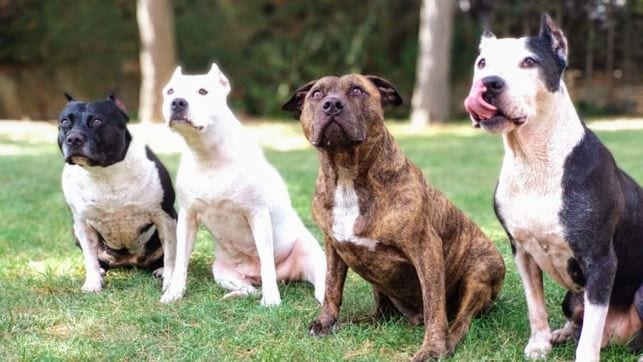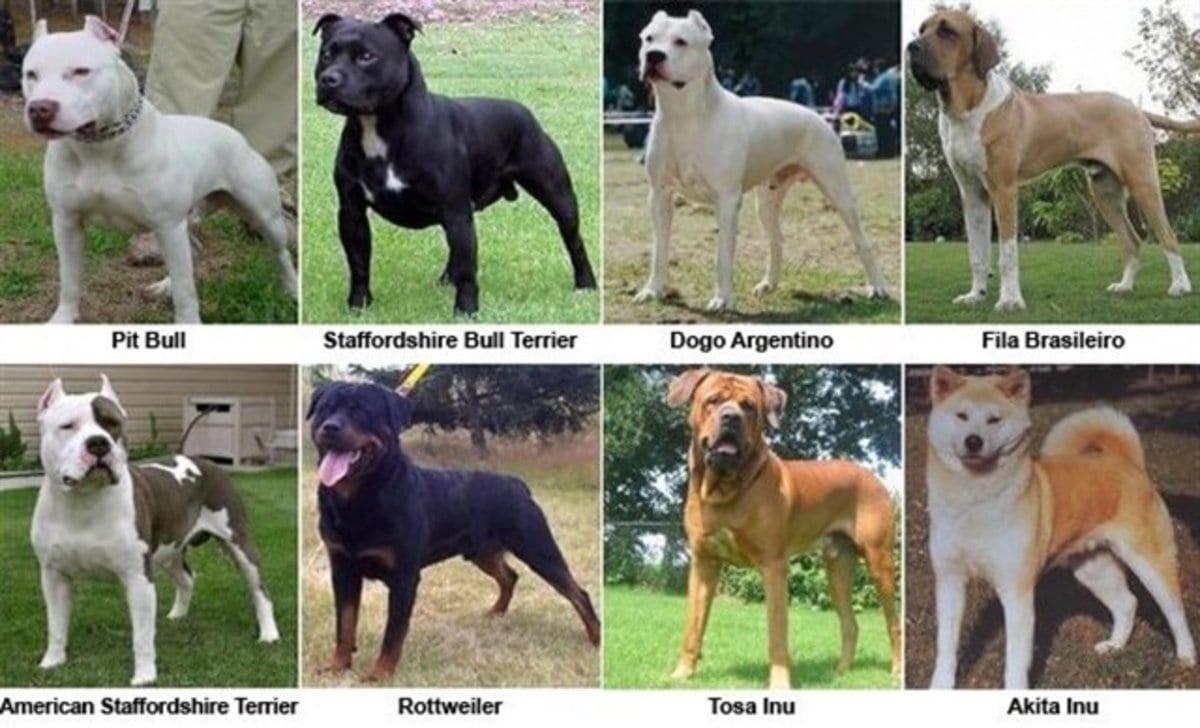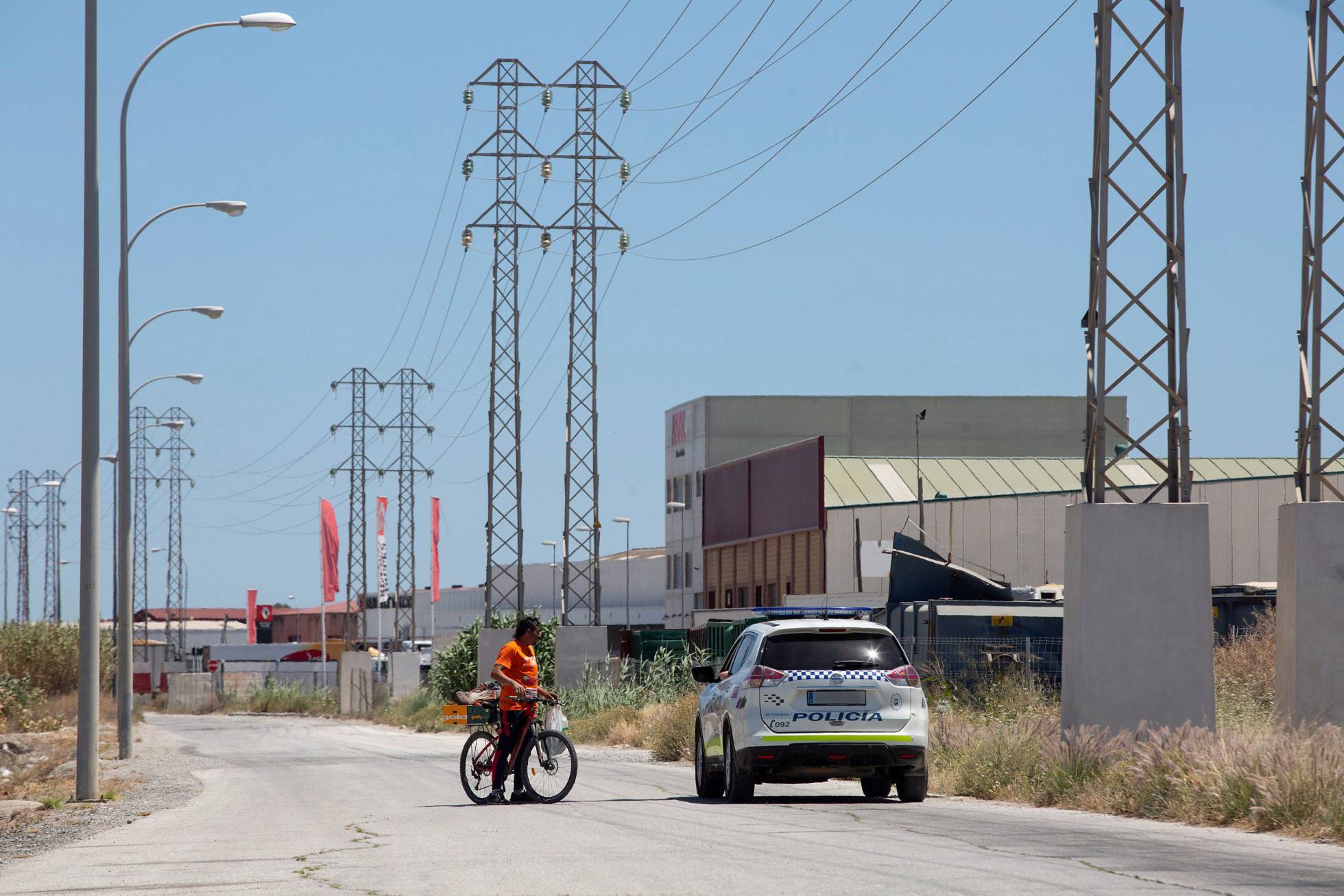
AFTER an expat was mauled by a pack of dangerous dogs at the weekend in Malaga, many will be left wondering what the rules in Andalucia are.
The Junta recognises a total of nine potentially dangerous dogs, some of which are also recognised in the UK.
A total of 5,120 of these dogs are registered in the region, but this is not a useful indicator of real numbers, as dogs are not removed when they die, and many people don’t register their dogs.
Included in the Junta’s definition, is dogs that ‘due to their aggressive nature, size or jaw power have the capacity to endanger the life or physical safety of people’.
Potentially dangerous breeds:

- Doberman
- Pit Bull Terrier
- Staffordshire Bull Terrier
- American Staffordshire Terrier
- Rottweiler
- Dogo Argentino
- Fila Brasileiro
- Tosa Inu
- Akita Inu
All dog owners must, within three months, register their pets on the Animal Identification Registry of Andalucia (Registro Andaluz de Identificacion Animal, RAIA).
However, owners of potentially dangerous dogs have just one month to register the animals.
This is done on the registry for dangerous dogs (Registro Municipal de Perros Potencialmente Peligrosos) and must be renewed every 12 months.
Renewal requires the following:
- Proof of identification and microchip number’s certificate
- Certificate from the vet stating that the dog is in good health
Walkers of a potentially dangerous dog must ensure:

- It is muzzled
- It is on a lead of no longer than two metres
- Only one dog is handled per person
- Dangerous dogs do not enter areas where children are playing
Owners of potentially dangerous dogs also have a month to get a license within their municipality (article 3 of Royal Decree 287/2002, March 22 2002).
A license, which remains valid for five years, is also required by handlers and walkers of these types of dogs (article 1, 2 of Law 50/1999, December 1999).
Applicants need the following when registering:
- Proof of identity (passport or residence card)
- Proof of having no criminal convictions
- Proof of being mentally and physically capable of caring for these animals (Certificates can prove physical and psychological aptitude and must be issued in the last 12 months)
- An insurance contract for the dog with a liability of at least €175,000
- Proof of fully up-to-date vaccinations
- Proof of identification by microchip
- Proof that the dog is or has attended training school








